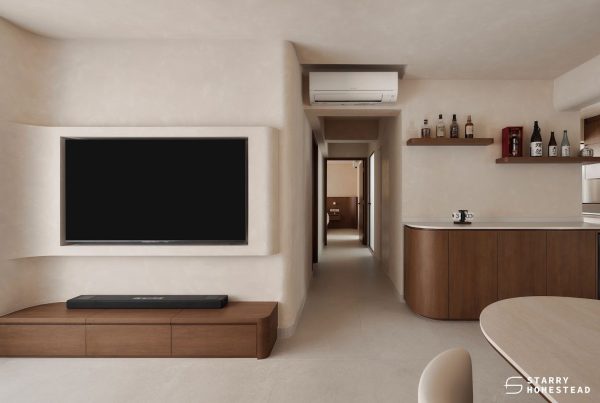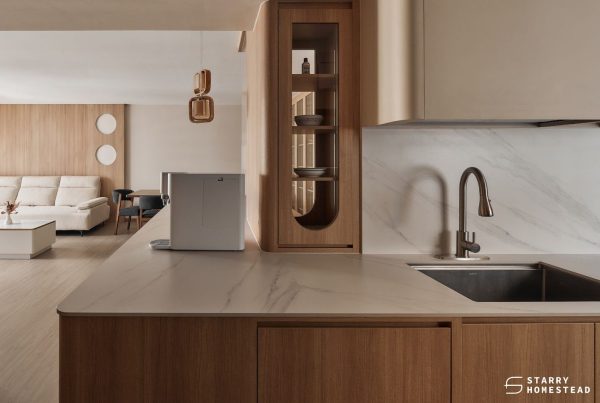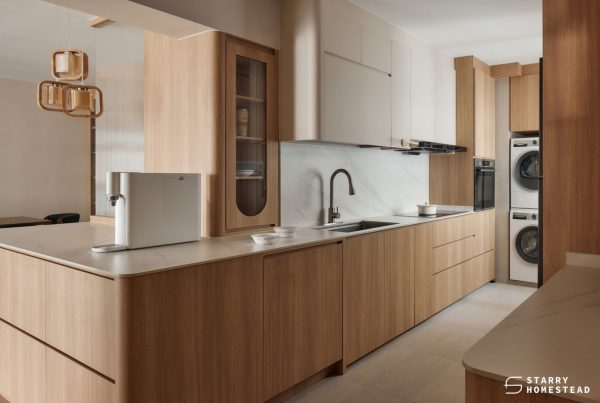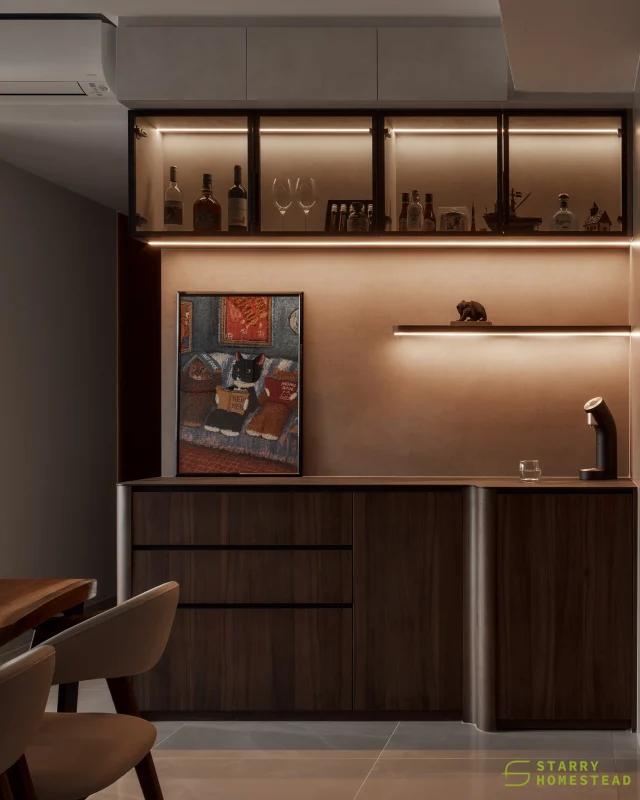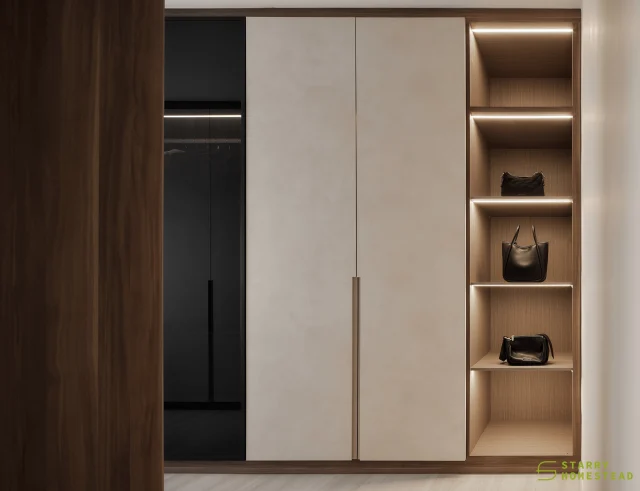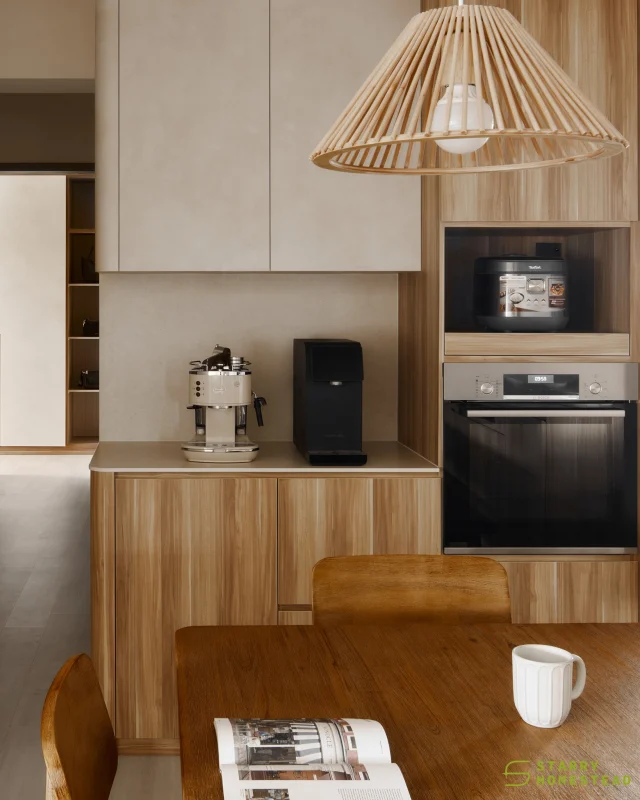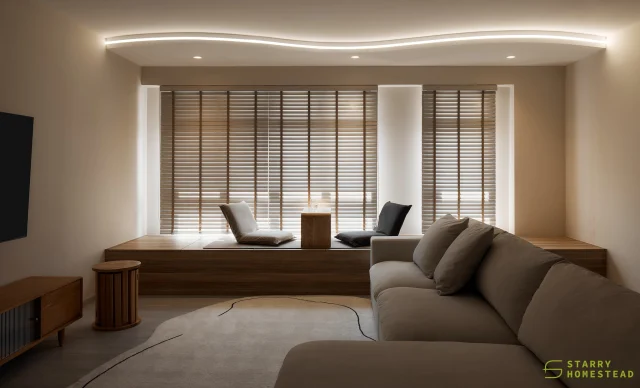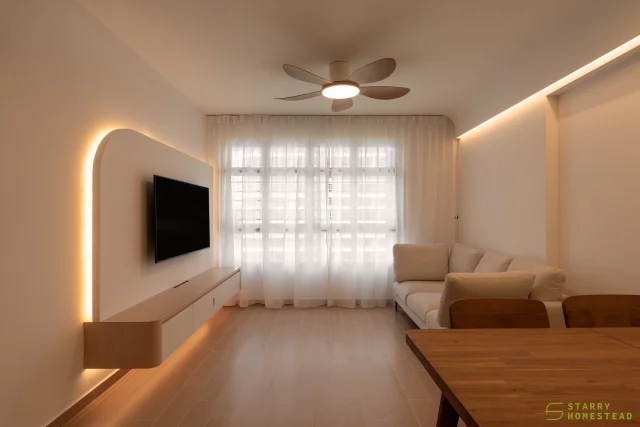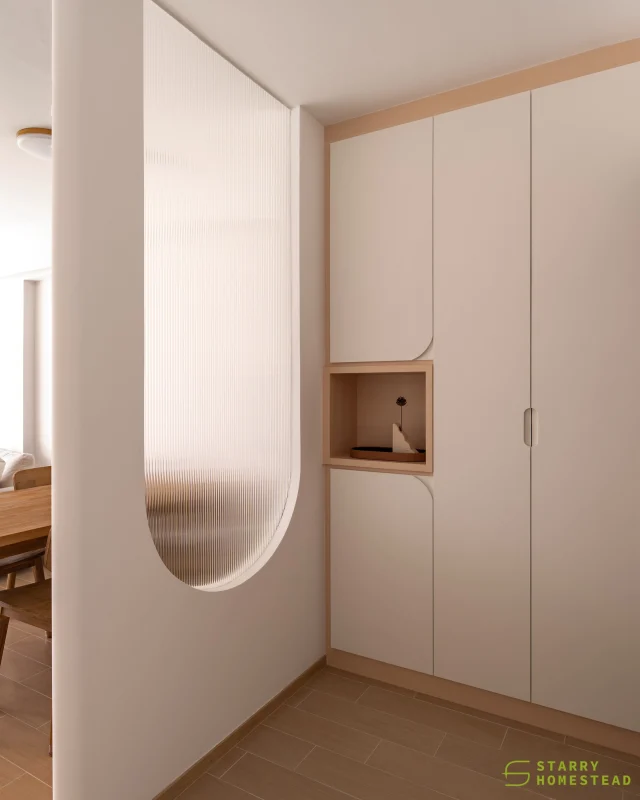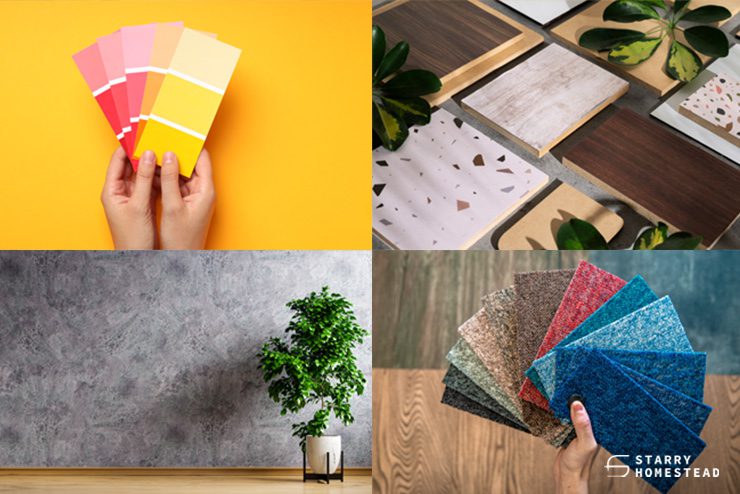
A good home interior design is achieved through the flawless integration of design principles and carefully curated materials. The materials you pick for your home are critical for a well-functioning and aesthetically pleasing home, and they will define your home’s overall durability and character. So, homeowners should exercise caution when selecting materials to add to their home and conduct extensive research before making a decision. Here’s an insight into what you should think about during the decision-making process.
1. Your Home Design Style

The materials you choose, together with their colours, patterns, and textures, will affect your home interior design. The way they are used alongside one another will either enhance the appearance of your home and deliver functionality or ruin the aesthetics. For example, dark-coloured vinyl flooring may complement the elements of an industrial interior but may clash with a Scandinavian interior of light wood tones and cream-coloured furniture. Typically, if you work with an interior design company, the home designer will usually provide a list of recommendations and material pairings from which to choose. This can be helpful for those without a keen eye for design.
2. Material Cost
Sometimes, the most expensive product isn’t the best, and the most affordable one may not always be the worst. Choosing a material for your home should not be based solely on its cost, but instead, its worth should be determined by its features, lifespan, functionality and compatibility with the rest of your home’s interior design. If you cut costs during material selection, more money may have to be spent on maintenance and repair in the future, which can be avoided by not choosing materials based on price alone.
3. Where the Material will be used

Certain materials are only suitable for some parts of the house and should not be used in other areas. For example, hardwood and natural stone floors such as marble do not age well in wet areas and should only be installed in dry parts of the house to prevent excessive moisture damage as they are porous in nature.
When selecting surface materials, take into account the elements that they will be exposed to and whether they can withstand the potential damage. As a good rule of thumb, manmade materials such as tiles are great for wet areas, sintered stone surfaces are excellent for the kitchen and dining room, while natural stones and hardwood should ideally be kept within dry zones such as the living room and bedroom.
4. Maintenance
All materials come with varying lifespans and maintenance needs. Some may need special attention, while others can be easily maintained with a simple wipe every once in a while. Your choice of material should also be made based on whether you’re willing to put in the effort to keep it in tiptop condition; some homeowners may prefer easy-to-maintain materials to keep chores to a minimum, while others may not mind the extra work. Some of the easiest to maintain materials are stainless steel, vinyl, sintered stone, and quartz.
What you choose for your home will affect its visual appeal, functionality, and comfort, and choosing the wrong ones will either result in higher long-term costs or create an unpleasant environment for you to live in. Material selection is an important step in the home interior design and renovation process, and having the right team to guide you through it can make all the difference.
Starry Homestead is an interior design company in Singapore that provides comprehensive home interior design services. Let us help you design your dream home today.
